|
|
Pascal Beatens. Nude Photography: The Art and The Craft. — New York, 2007Nude Photography: The Art and The Craft / Pascal Beatens. — New York : Dorling Kindersley Limited, 2007. — 256 p., ill. — ISBN 978-0-7566-3176-5[CONTENTS]
Introduction 8
1 the history of nude photography
Nudity with a message 12
Erotic nudes 12
The scientific nude 14
Photography meets art 15
Photography finds its direction 17
Nudes & classicism 20
The documentary style 21
Fashion photography 23
The male nude 24
Feminist nudes 25
Rediscovering eroticism 25
The commercial nude 27
Beyond nudity 29
2 defining styles & approaches
Introduction 32
Opportunities & choices 34
Different themes 36
Pursuing a concept 38
Working in black & white 40
Working in color 42
Exploiting opportunities 44
Overcoming limitations 46
Choosing & using a setting 48
Using props 50
Working with models 52
Choosing a model 54
Directing your model 56
Conveying a mood 58
3 exploring techniques
Introduction 62
Lighting 64
Daylight indoors 66
Creativity with indoor light 68
Studio lighting 70
Artificial lighting effects 72
Lighting outdoors 74
Sculpting with light & shadow 76
Dressing with shadows 77
Playing with shadows 78
Lighting gallery 80
Poses 84
From head to toes 86
Adjusting the pose 88
Lighting the pose 90
Poses gallery 92
Sharpness & blur 96
Focus & depth of field 98
Capturing movement blur 100
Freezing movement 101
Moving the camera 102
Sharpness & blur gallery 104
Composition & perspective 106
Basic rules of composition 108
Positioning the model 110
Exploring perspective 112
Abstract close-ups 114
The effects of distortion 116
Composition & perspective gallery 118
Locations 120
Making the most of a location 122
Stairs & doorways 124
Connecting with a location 126
Nudes & nature 128
Locations gallery 130
4 postproduction
Introduction 134
Cropping & reframing 136
Adjusting tone 137
Converting to black & white 138
Color adjustments 139
Adding backgrounds 140
Creative retouching 142
Applying filters 144
Conserving your images 145
5 photographers' gallery
Introduction 148
Lyn Balzer & Tony Perkins 150
Andreas Bitesnich 160
Sylvie Blum 170
Almond Chu 180
Giorgio Gruizza 190
Allan Jenkins 200
Ocean Morisset 210
Gavin O'Neill 220
Gabriele Rigon 230
Ragne Sigmond 240
Frequently asked questions 250
Index 252
Acknowledgements 256
introduction
For me, a successful image is one that has an immediate impact on the viewer, that grabs their attention, and makes them dream, smile, think, or simply enjoy it. I tend to think that technique, though important, plays a more humble role: it is the servant of the image.
Photographic technique is like a language. The more refined your language, the more subtly you can express yourself, but if you have no story to tell, no feeling to get across, your words will remain hollow. So my focus in this book is to make you aware of the artistic implications of your technical choices, rather than to discuss the photographic technicalities as such. There are plenty of tips to improve your pictures, but it's mainly a guide for training your eyes to look at nudes with a photographic understanding.
Positioning your model with side light to sculpt his or her body with light and shadows, for example, has nothing to do with your equipment, but everything to do with understanding the possibilities and uses of light; where you place your model in the frame reflects your understanding of composition; guiding your model into expressing the atmosphere you want to create is all about your vision and communication skills; and so on. And you can work on all these elements with even the most basic of cameras.
Once you've read about the history of nude photography, the many ways you can sharpen your vision, and how to bring a particular look and feel to your image, and when you've considered the postproduction techniques you might to choose to apply and looked at the gallery of how other photographers have approached this branch of photography, there is a final chapter yet to be written—by you. I can only offer you a book full of photographic ingredients, and tips to help you discover more. Learn to choose them carefully, and to find the perfect mix for your images. Enjoy!
Pascal Baetens
Sample pages
Download link (pdf, yandexdisk; 75.3 MB)
The electronic version of this edition is published only for scientific, educational or cultural purposes under the terms of fair use. Any commercial use is prohibited. If you have any claims about copyright, please send a letter to [email protected].
24 июня 2023, 22:17
0 комментариев
|
Партнёры
|
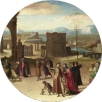
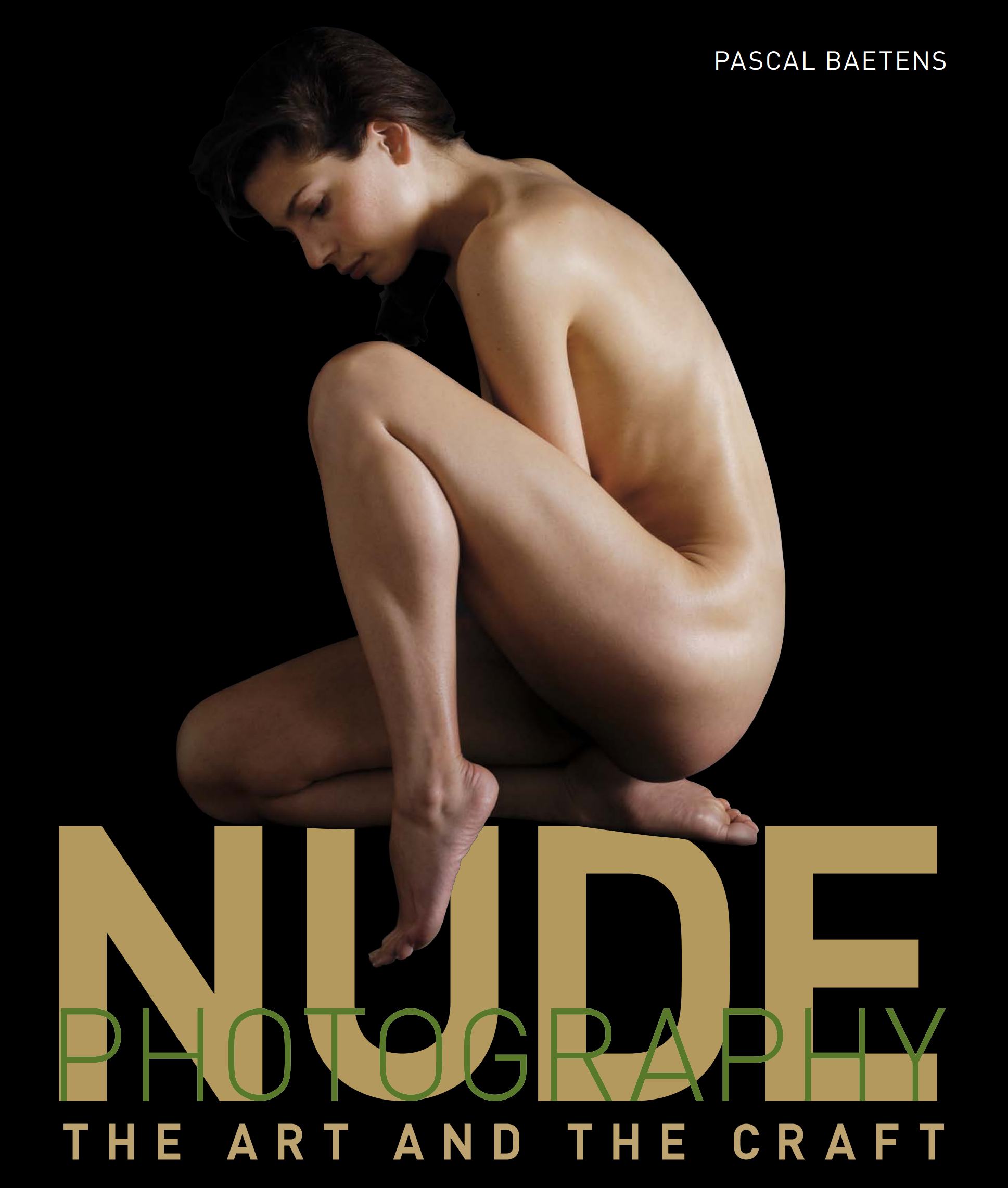
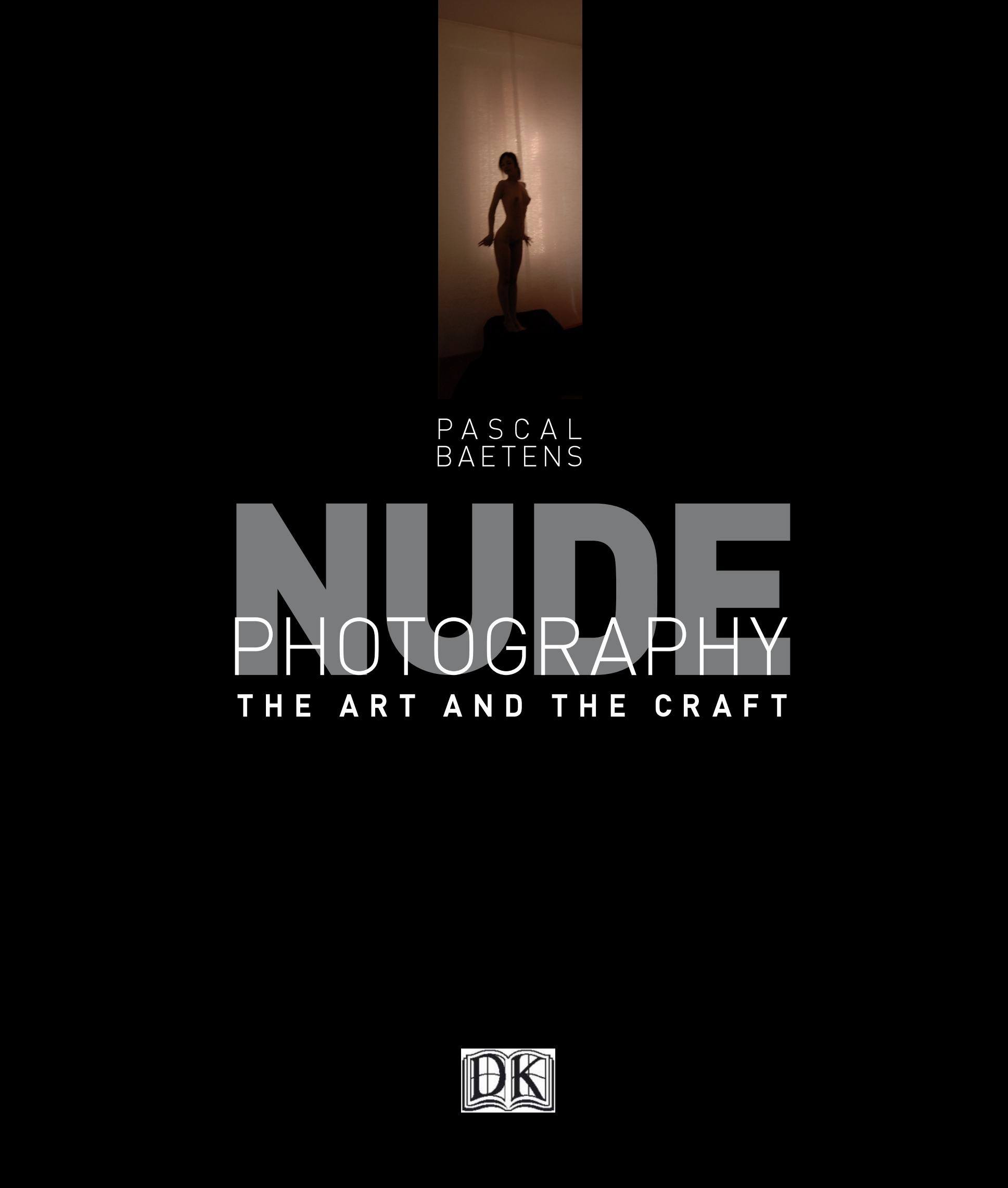
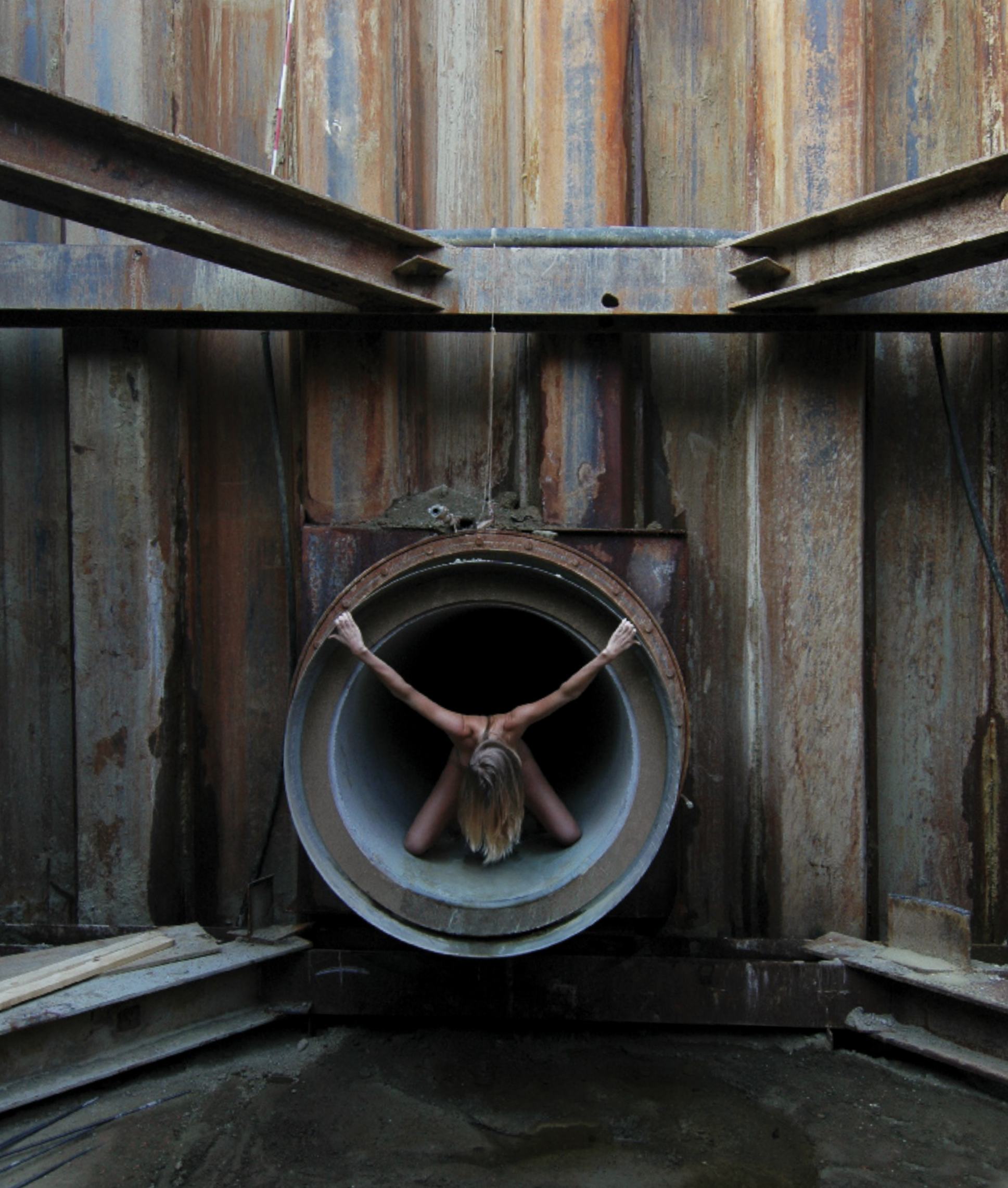


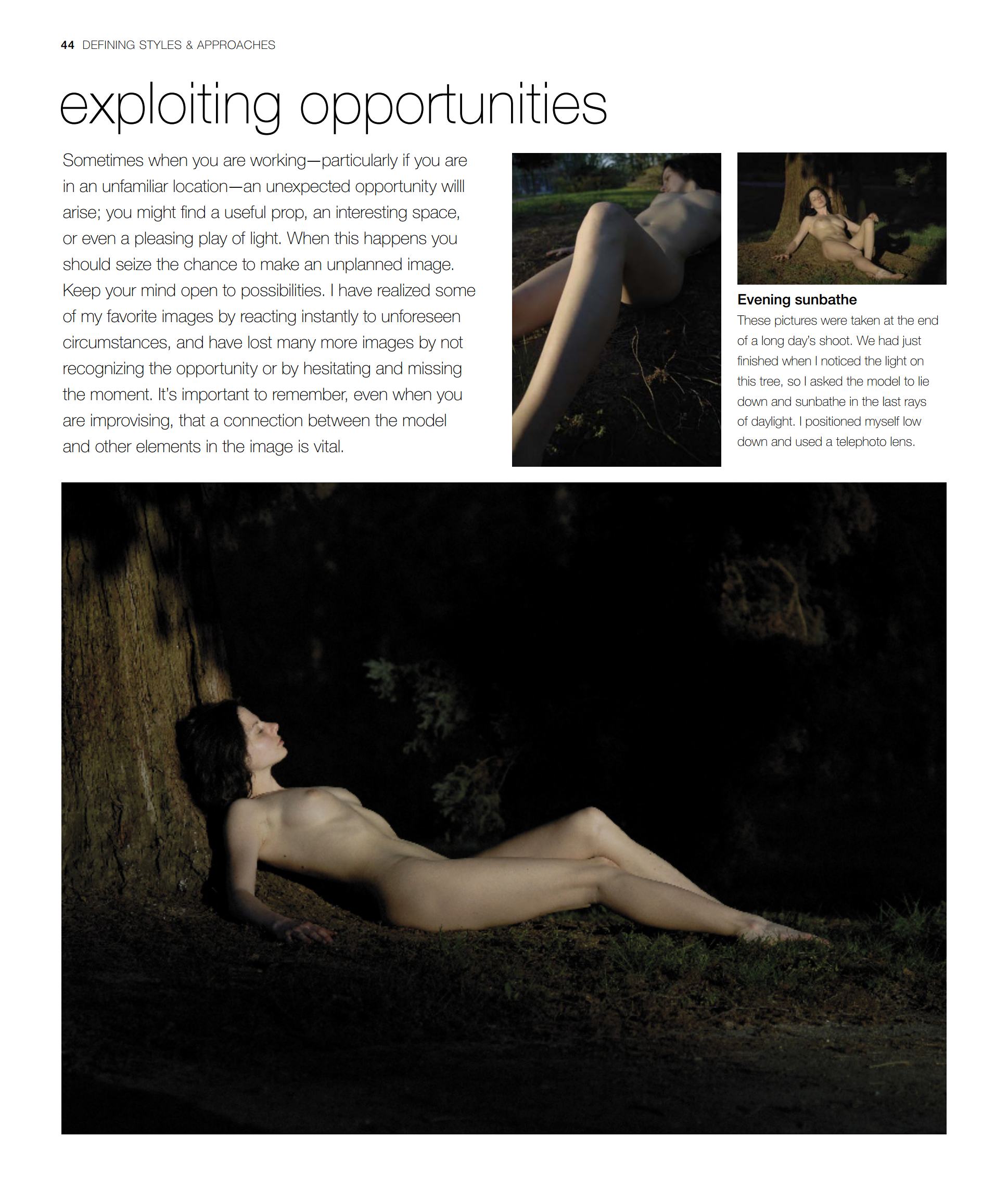




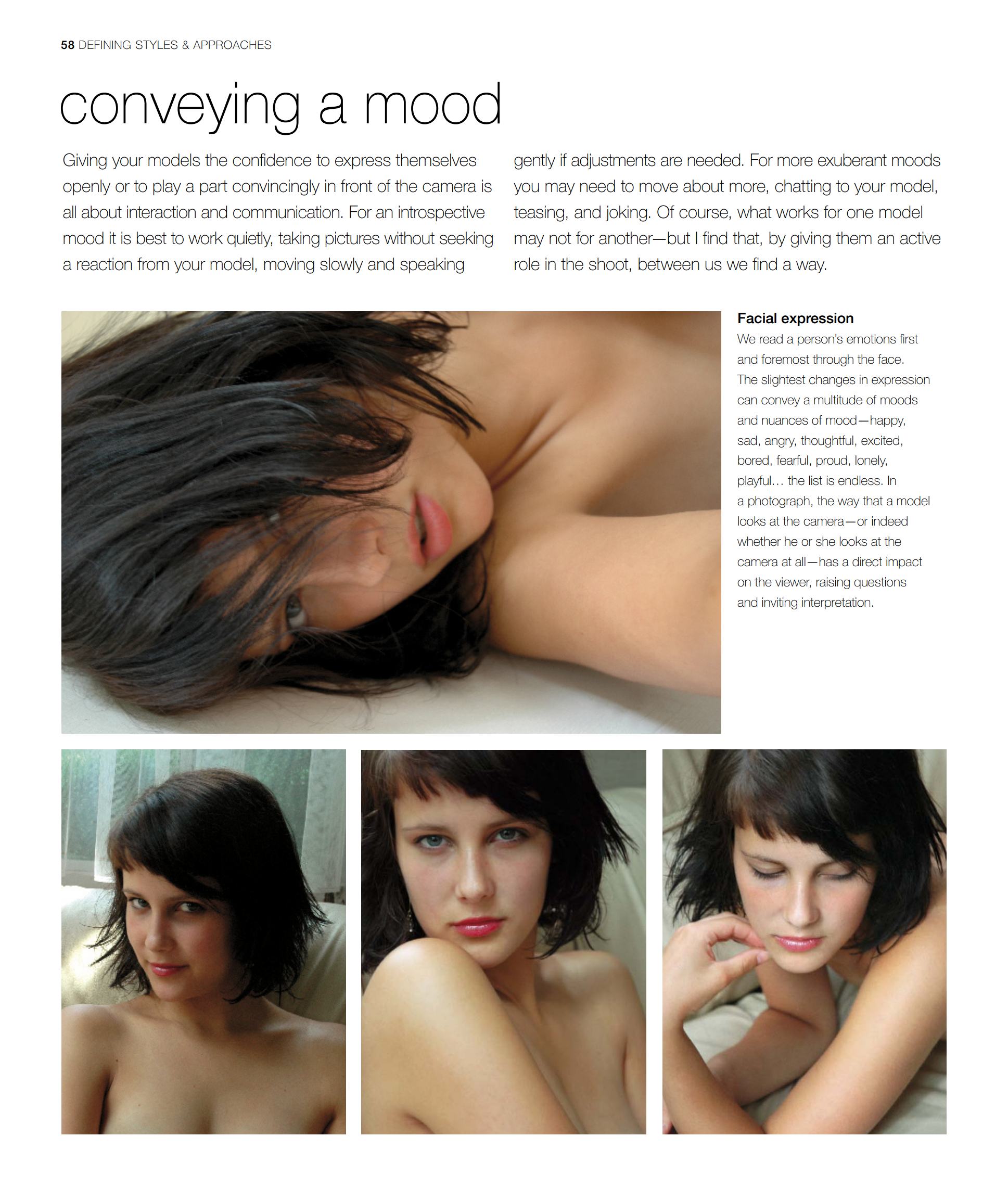
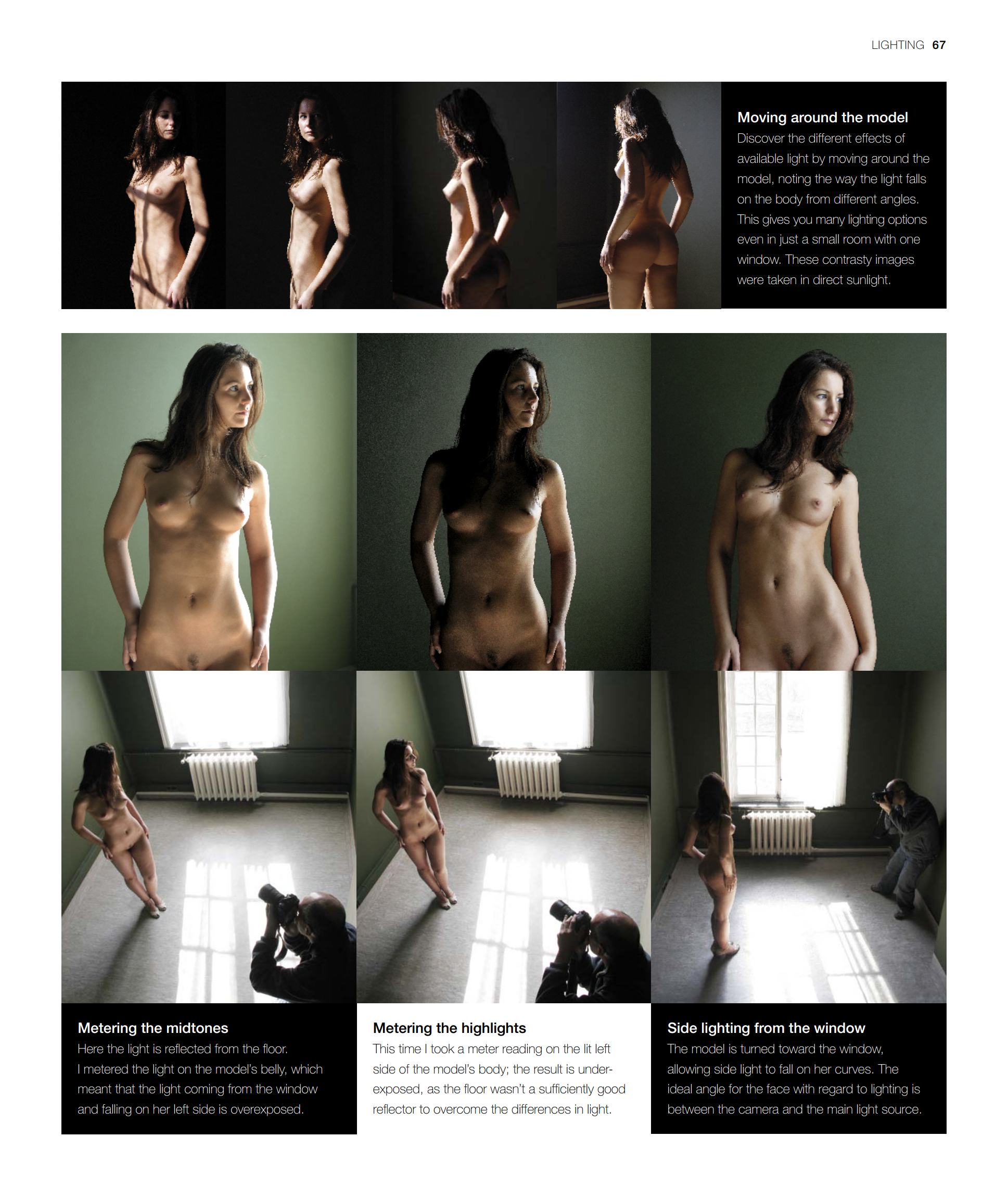
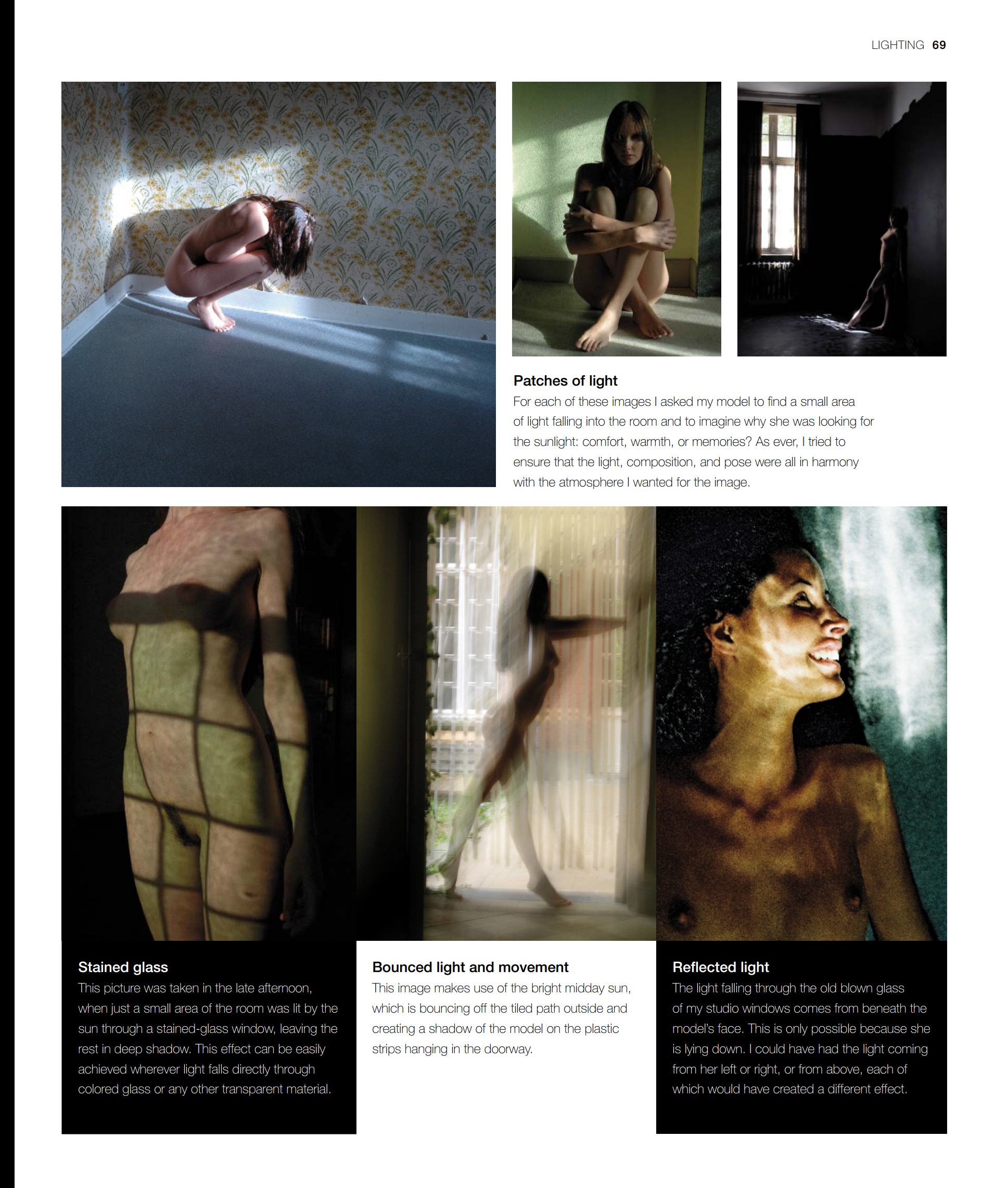
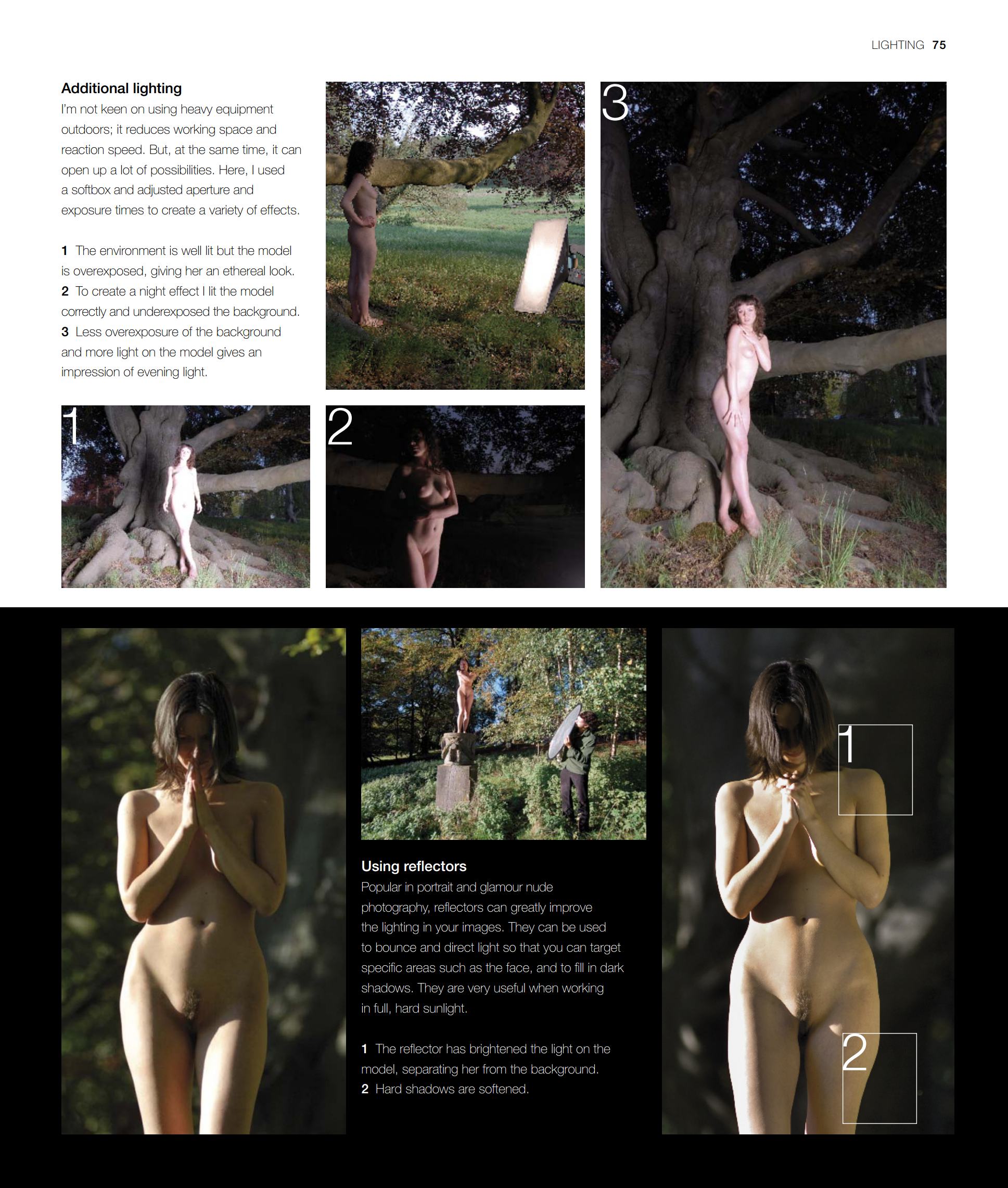



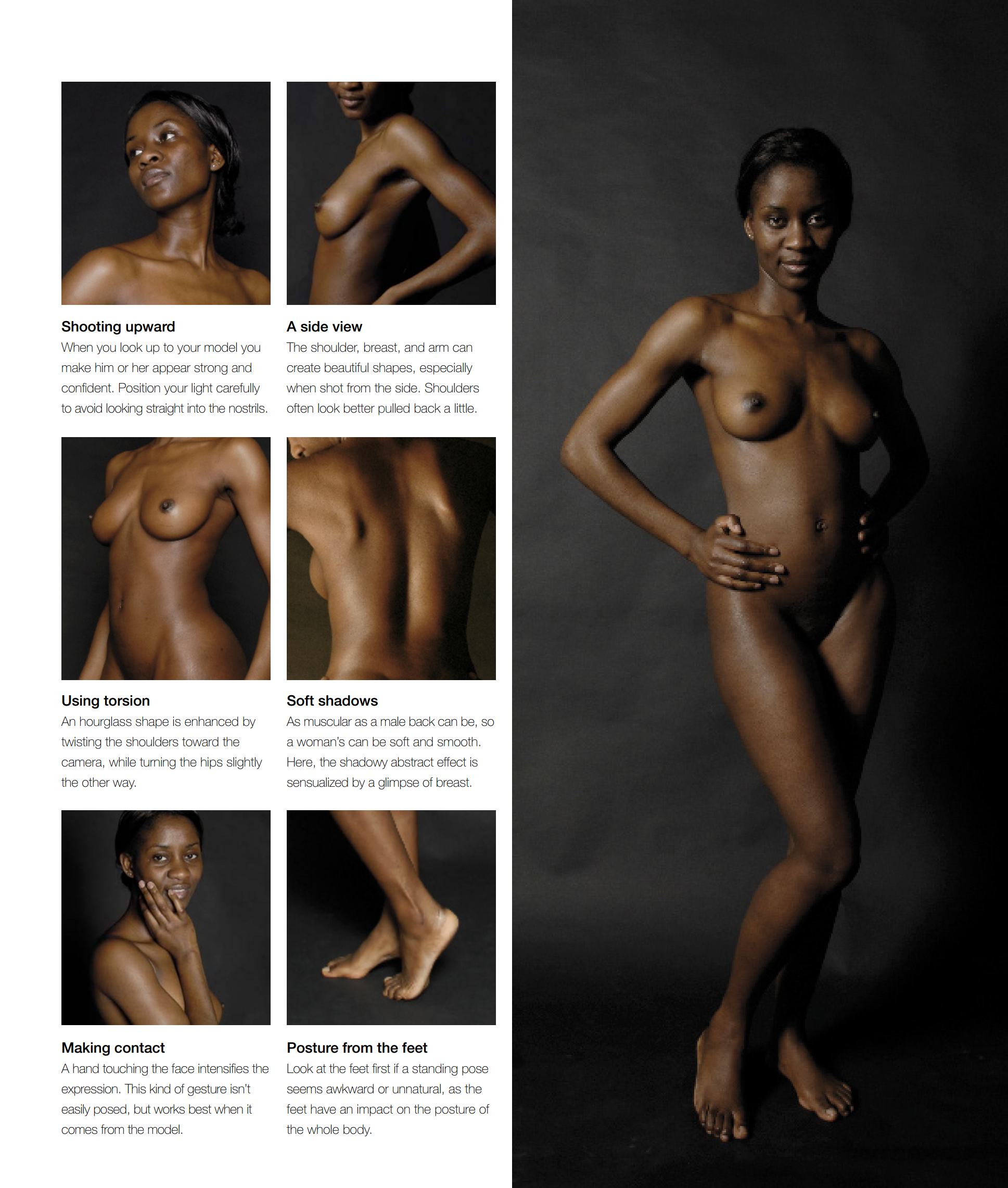



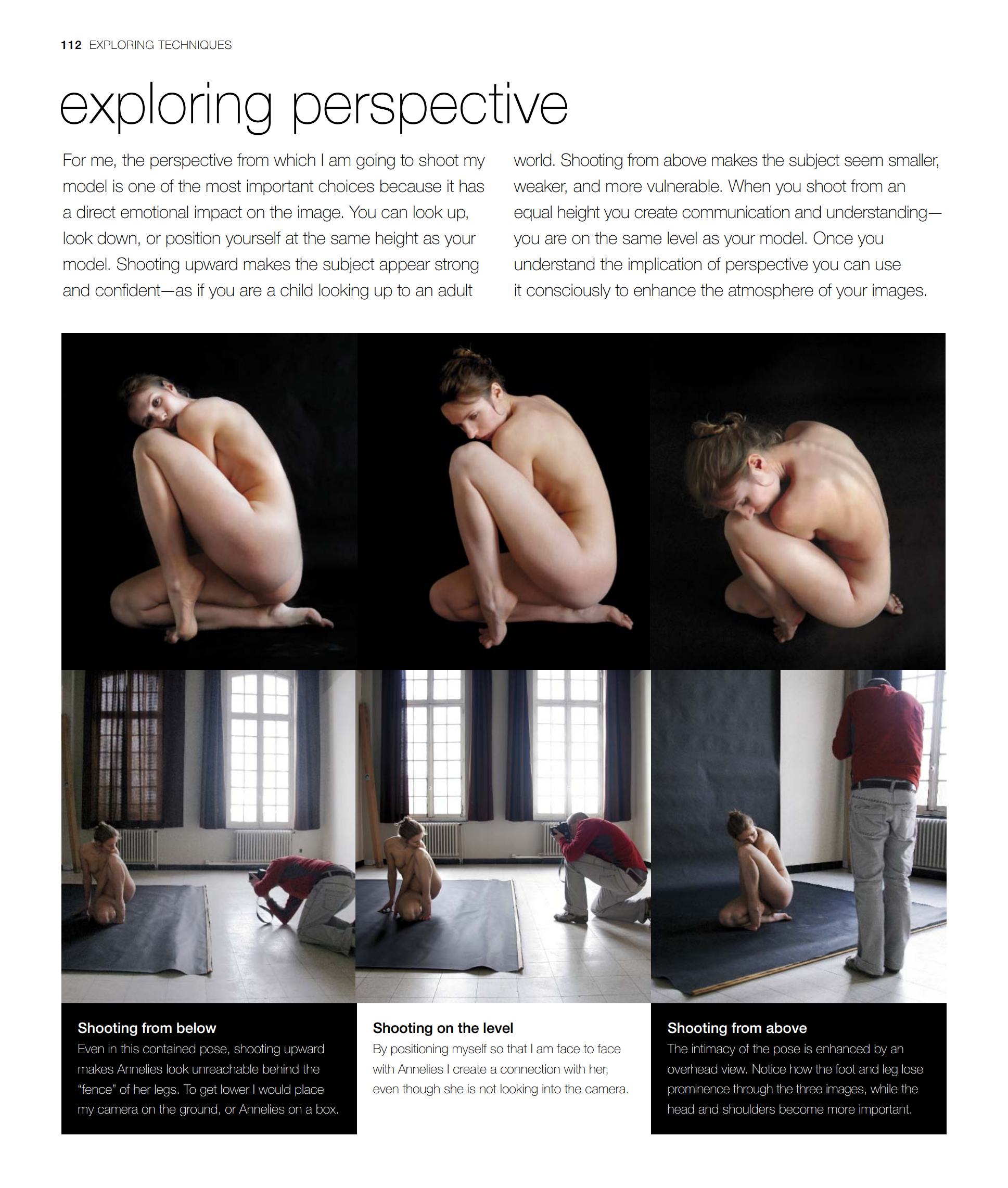



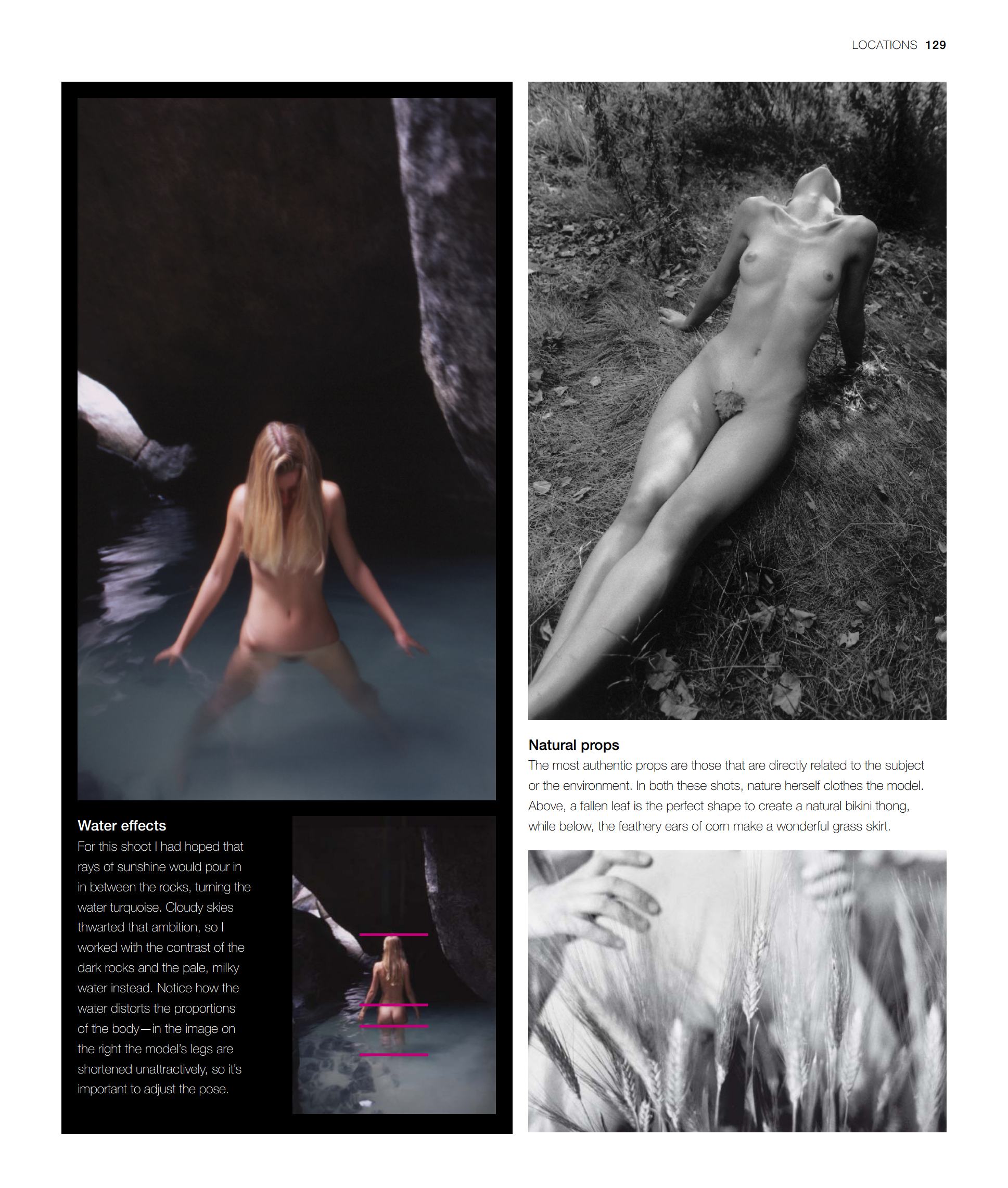
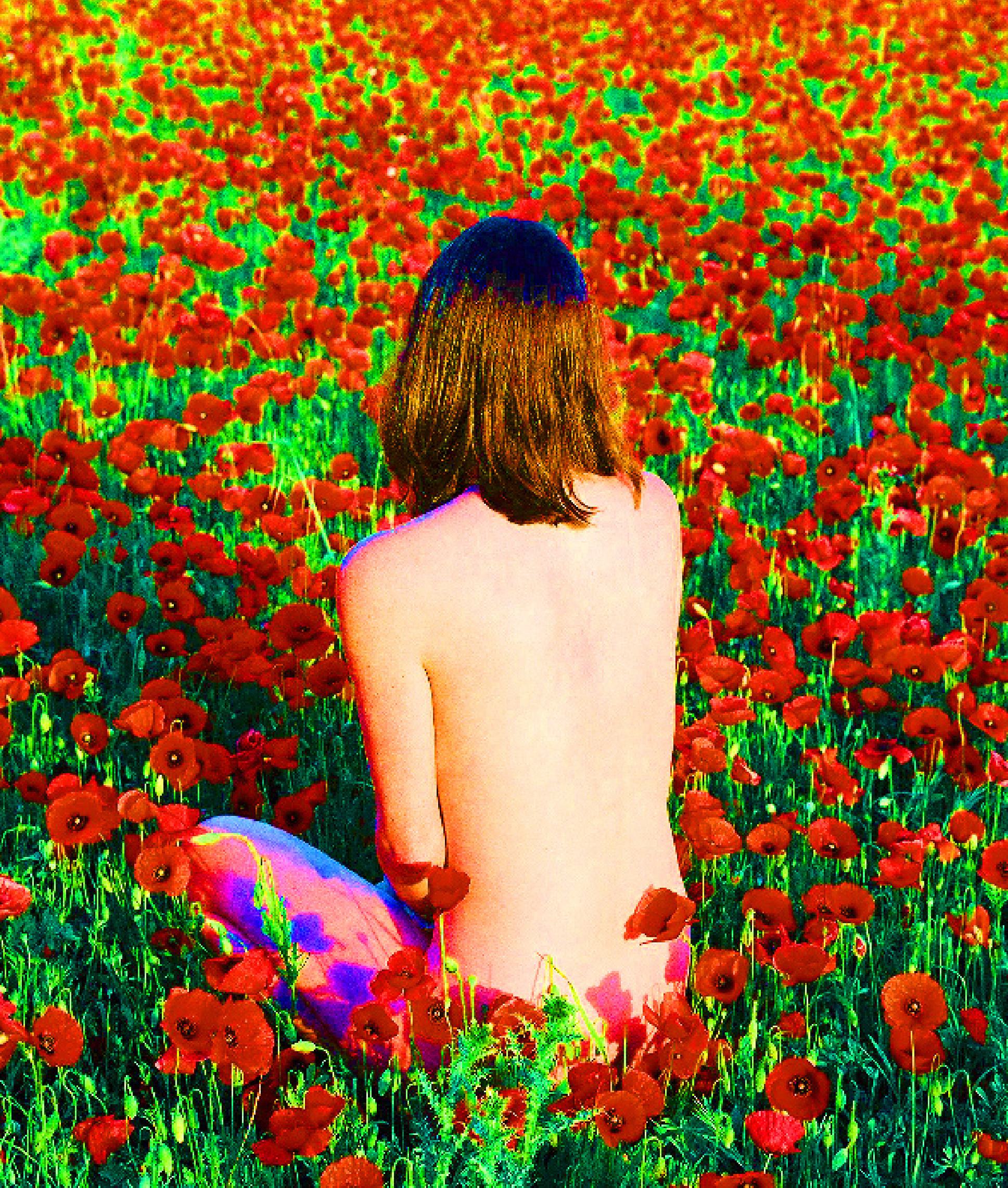
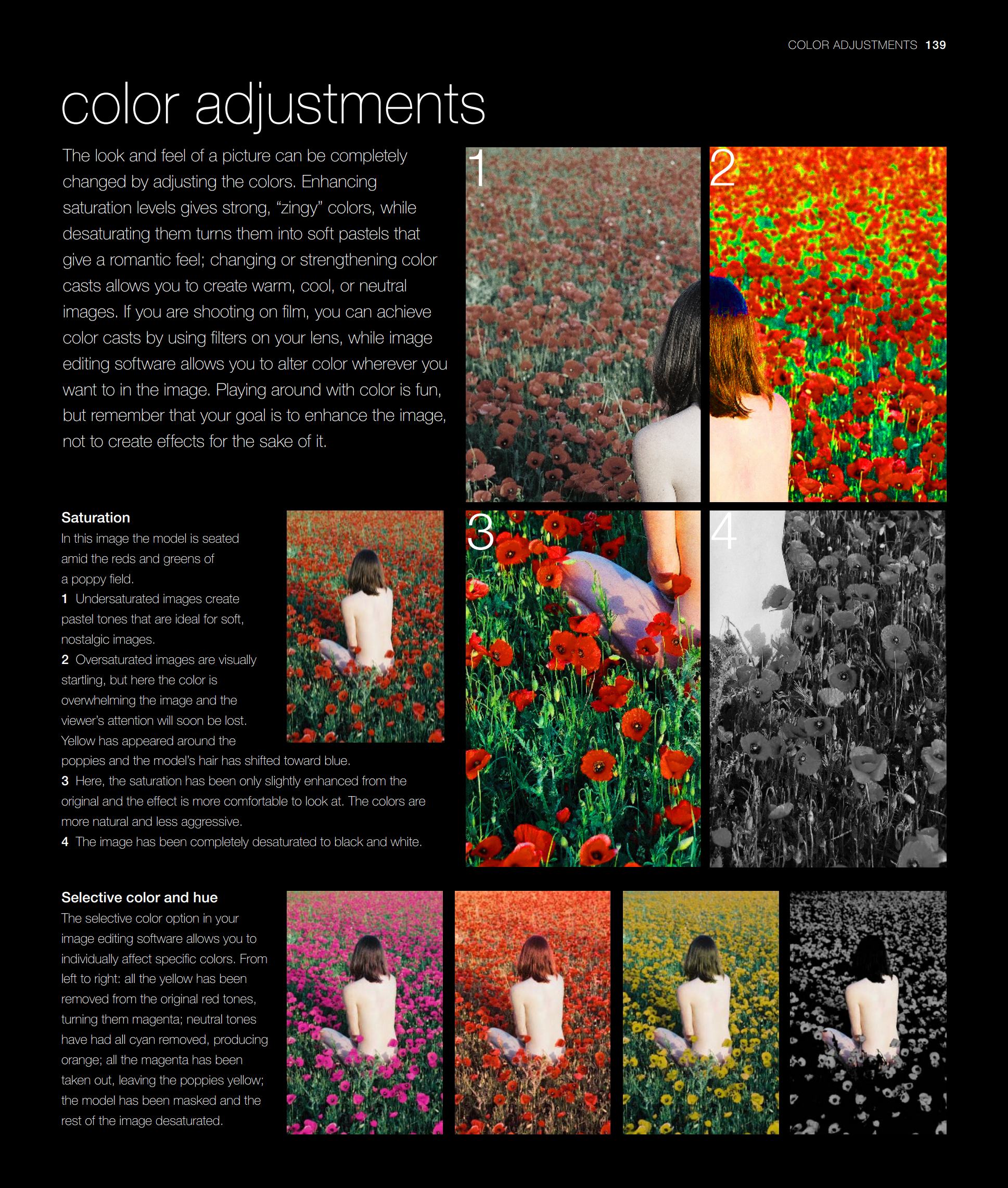
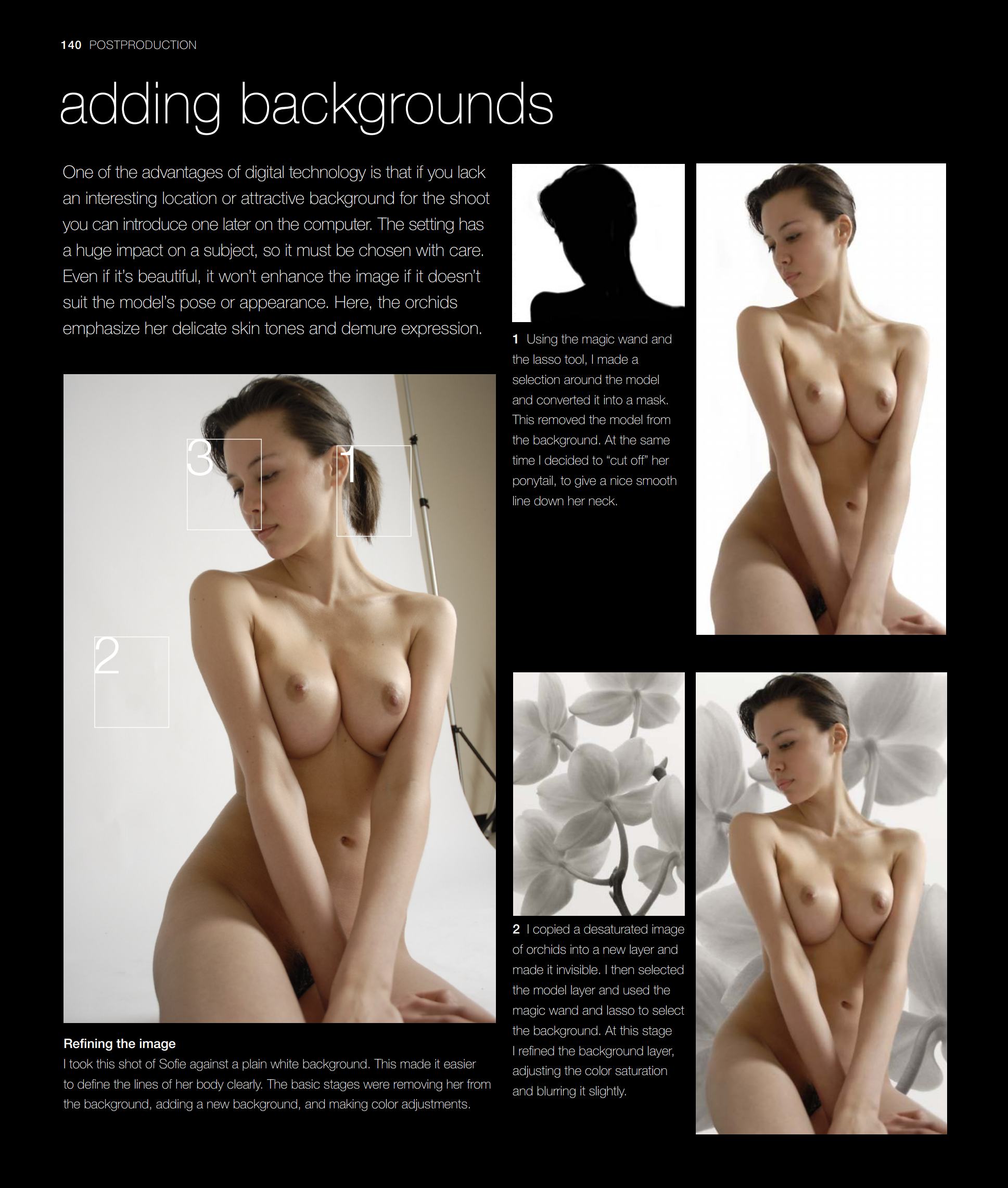

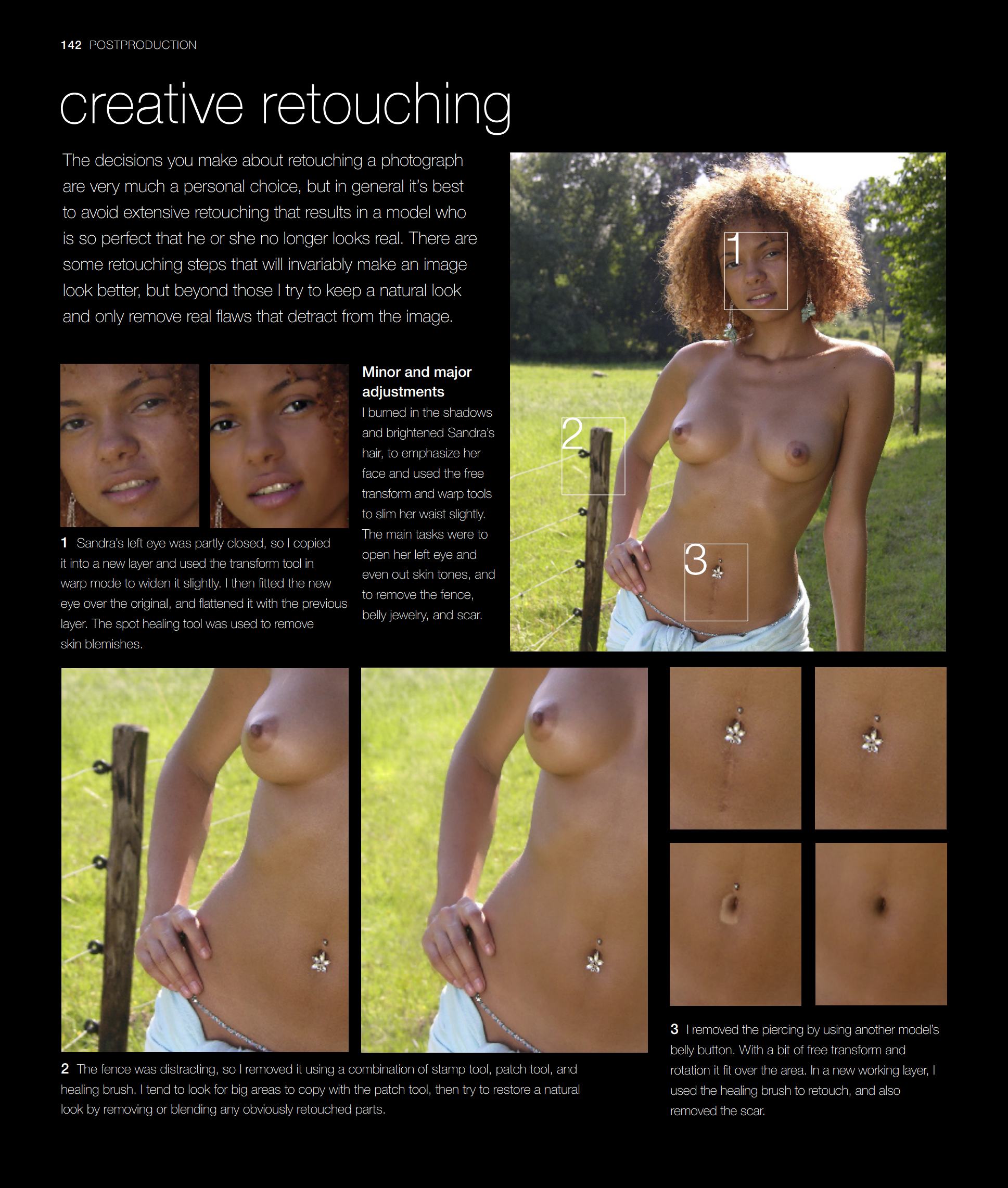
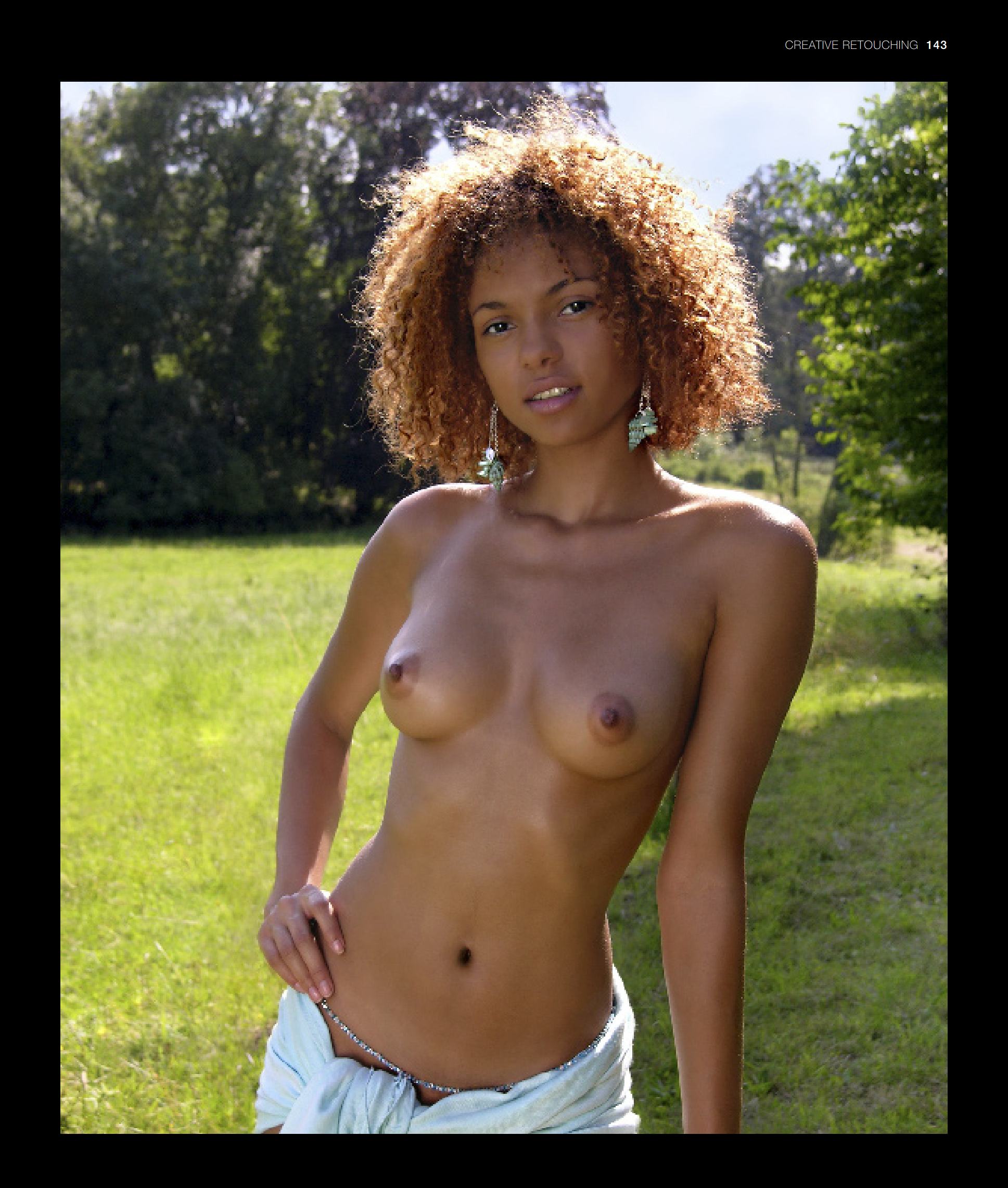
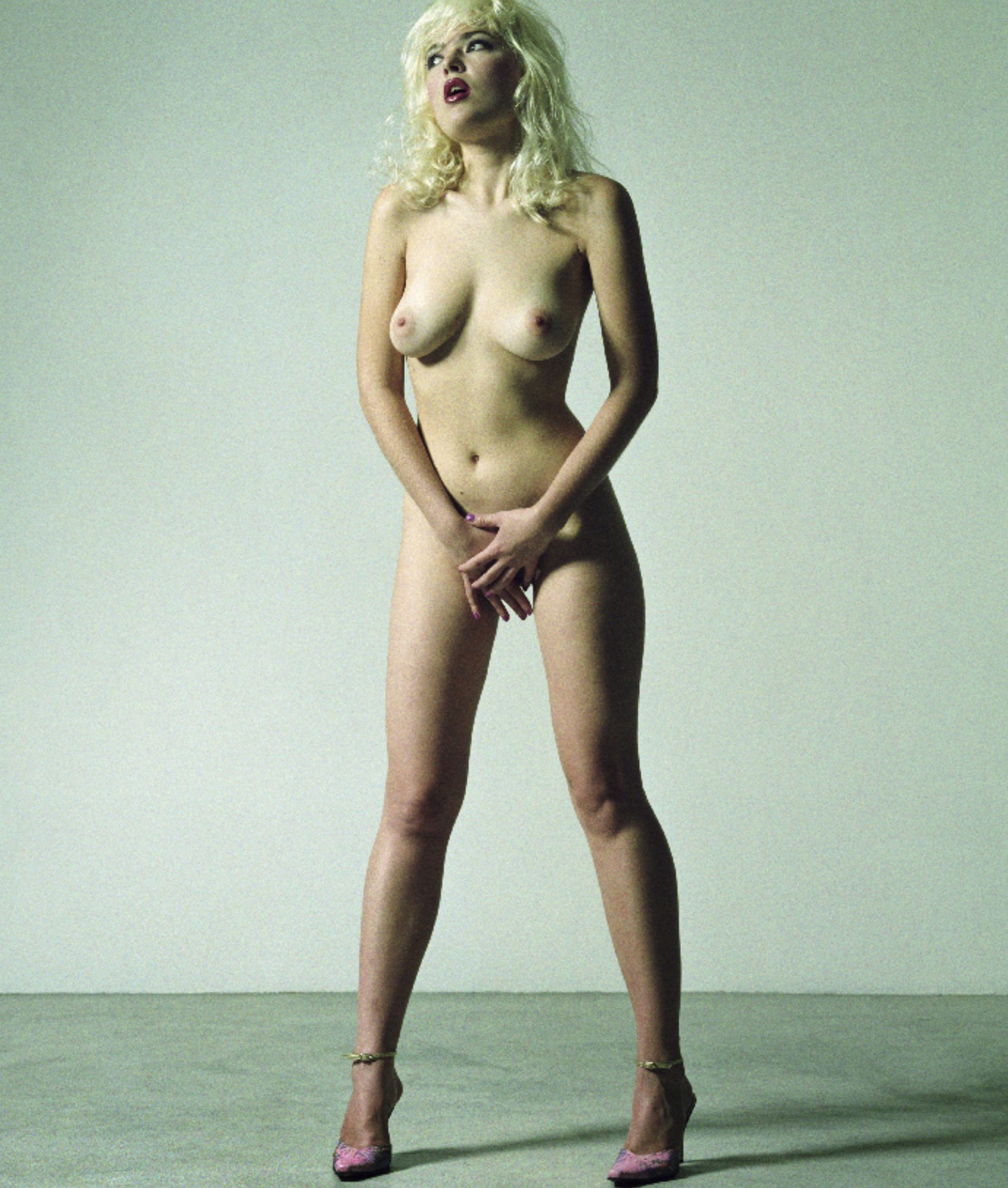

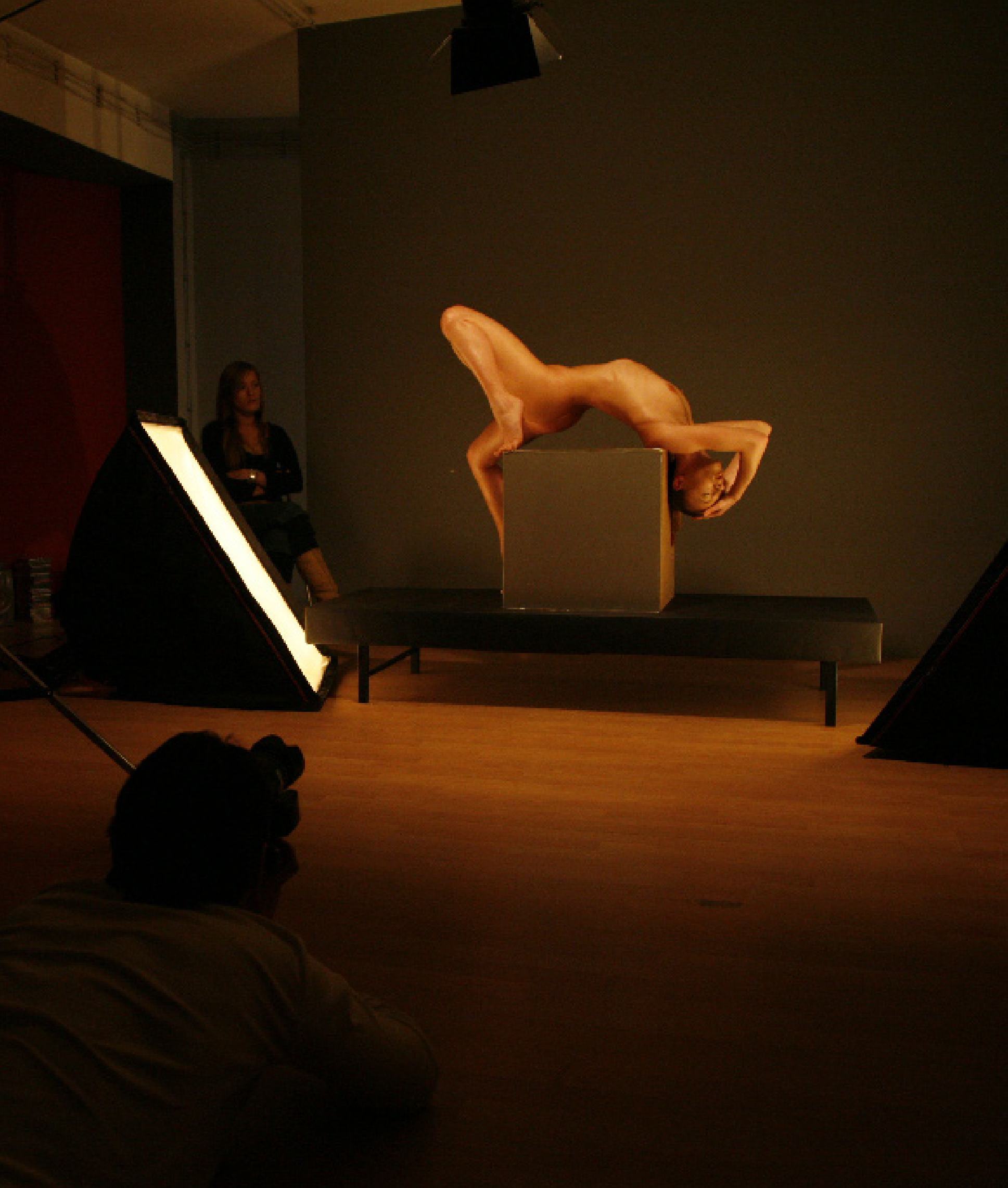
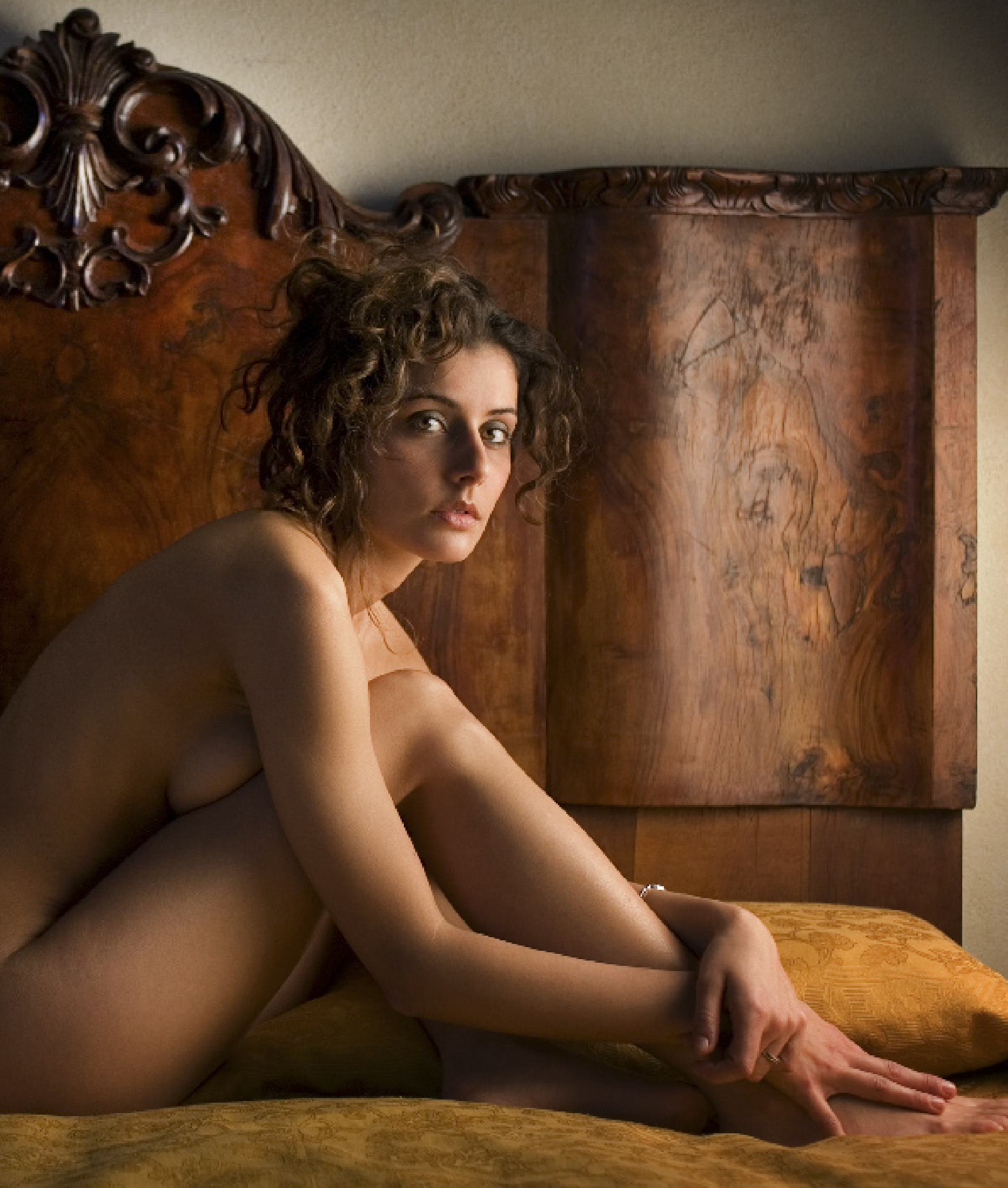
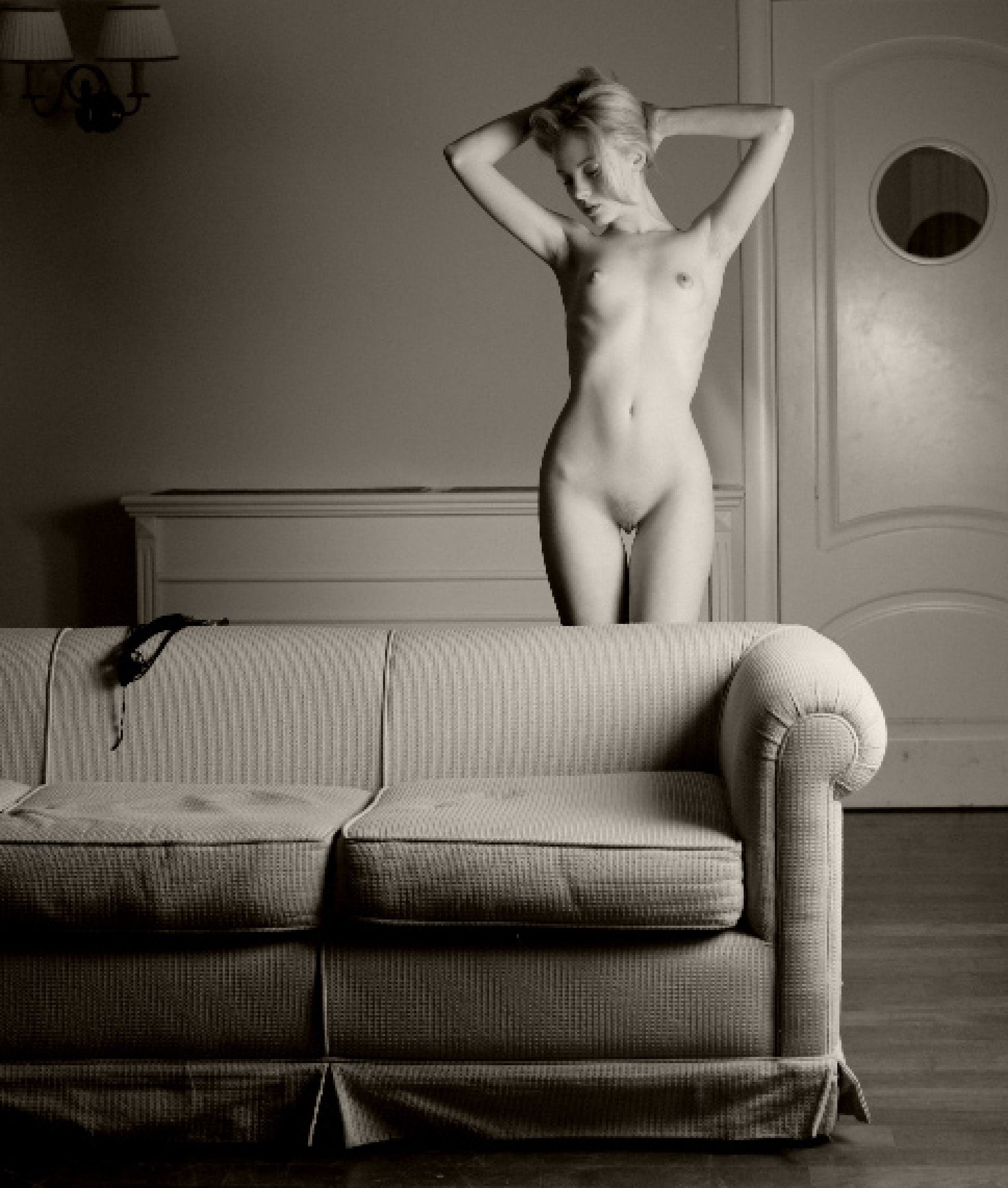






Комментарии
Добавить комментарий